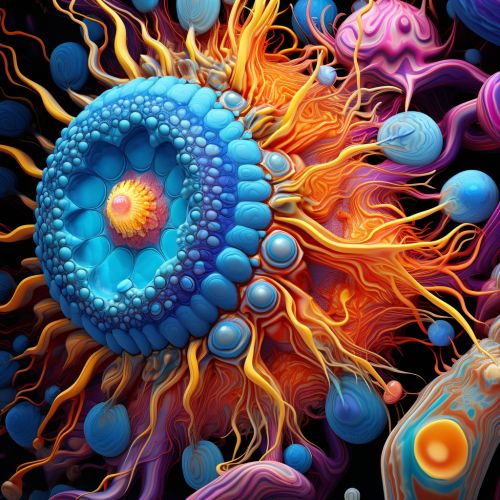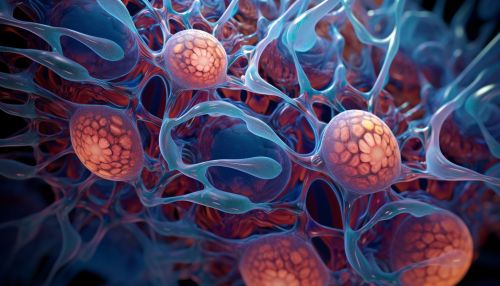Organelle
Introduction
An organelle is a specialized subunit within a cell that has a specific function. The name organelle comes from the idea that these structures are parts of cells, as organs are to the body, hence organelle, the suffix -elle being a diminutive. Organelles are either separately enclosed within their own lipid bilayers (also called membrane-bound organelles) or are spatially distinct functional units without a surrounding lipid bilayer (non-membrane bound organelles).


History
The study of organelles has been central to understanding the nature of the cell. The concept of organelles has been around for a number of years, but the term wasn't coined until the early 20th century. The first organelles to be identified and named were the nucleus and the mitochondria. The nucleus was identified by Robert Brown in 1831, and the mitochondria were discovered by Richard Altmann in 1890, who also coined the term for these organelles.
Types of Organelles
Nucleus
The nucleus is the most conspicuous organelle found in a eukaryotic cell. It houses the cell's chromosomes and is the place where almost all DNA replication and RNA synthesis occur. The nucleus is spherical and separated from the cytoplasm by a double membrane called the nuclear envelope.
Mitochondria
Mitochondria are organelles found in large numbers in most cells, where they generate most of the cell's supply of adenosine triphosphate (ATP), used as a source of chemical energy. In addition to supplying cellular energy, mitochondria are involved in a range of other processes, such as signaling, cellular differentiation, cell death, as well as maintaining control of the cell cycle and cell growth.
Ribosomes
Ribosomes are complexes of RNA and protein that are found in all cells. They are the site of protein synthesis as they translate messenger RNA (mRNA) to build polypeptide chains (proteins) using amino acids delivered by transfer RNA (tRNA).
Endoplasmic Reticulum
The endoplasmic reticulum (ER) is an organelle that forms an interconnected network of flattened, membrane-enclosed sacs or tubes known as cisternae. The ER comes in two forms: rough ER, which has ribosomes on its surface that secrete proteins into the ER, and smooth ER, which lacks ribosomes.
Golgi Apparatus
The Golgi apparatus, also known as the Golgi complex, Golgi body, or simply the Golgi, is an organelle found in most eukaryotic cells. It was identified in 1897 by the Italian scientist Camillo Golgi and named after him in 1898.
Lysosomes
Lysosomes are cellular organelles that contain acid hydrolase enzymes to break down waste materials and cellular debris. They are found in animal cells, while in plant cells the same roles are performed by the vacuole.
Vacuoles
Vacuoles are large organelles found in plants and fungi but are also present in some cells of animals and bacteria. They are responsible for maintaining the shape and structure of the cell, as well as storing waste products.
Peroxisomes
Peroxisomes are small, membrane-enclosed organelles that contain enzymes involved in a variety of metabolic reactions, including several aspects of energy metabolism.
Functions of Organelles
Organelles have a wide range of responsibilities that allow a cell to function efficiently. For instance, they provide a cell with energy, regulate its metabolism, and control the production, processing, and transport of proteins. They also manage the cell's response to external stimuli and its interactions with other cells.
Conclusion
Organelles are a vital part of cell biology, playing key roles in the successful functioning of cells. By understanding organelles, we can gain a deeper insight into the complex processes that keep living organisms alive and functioning.
